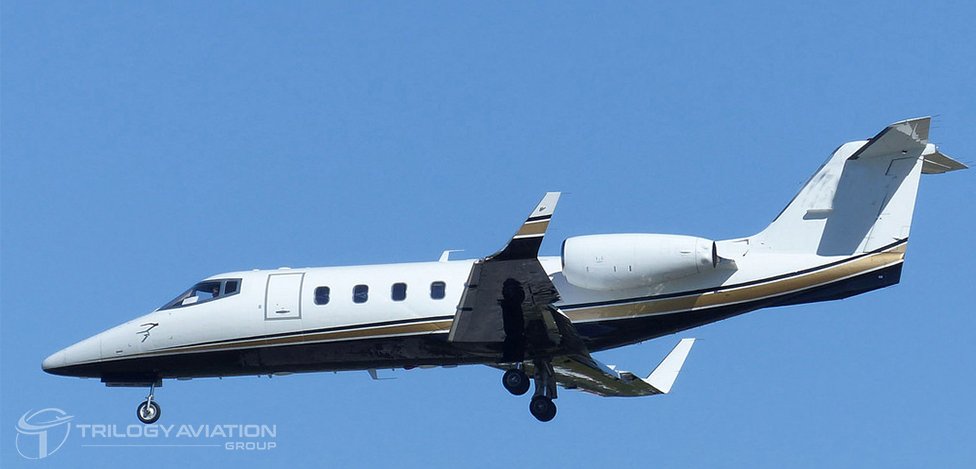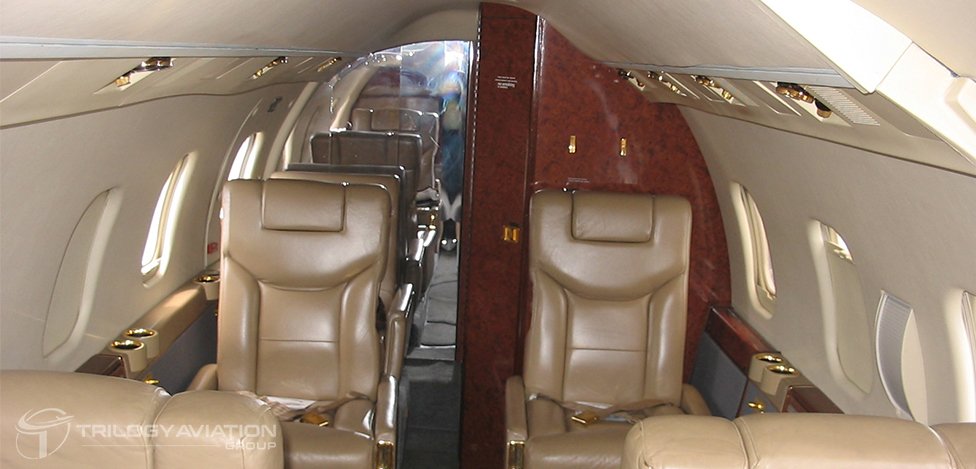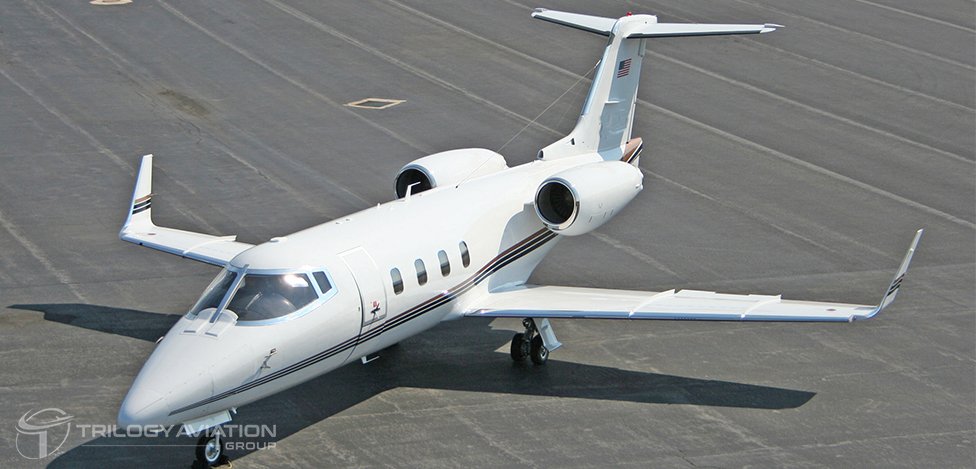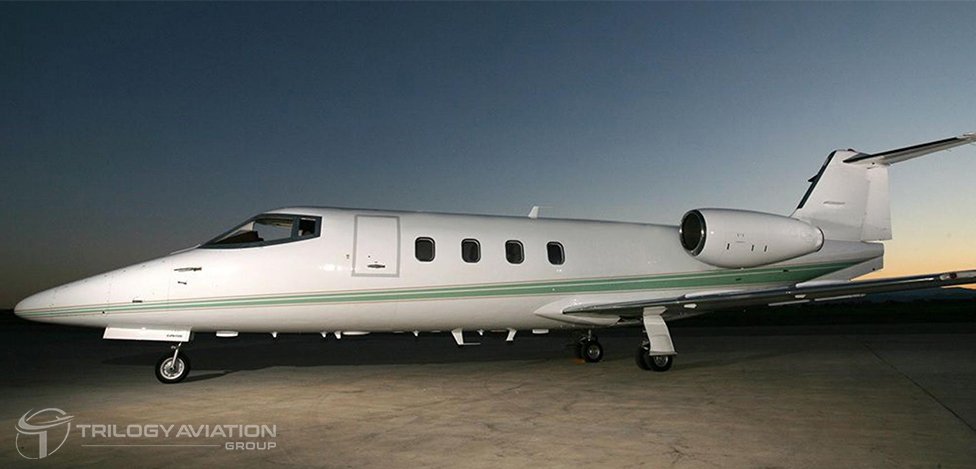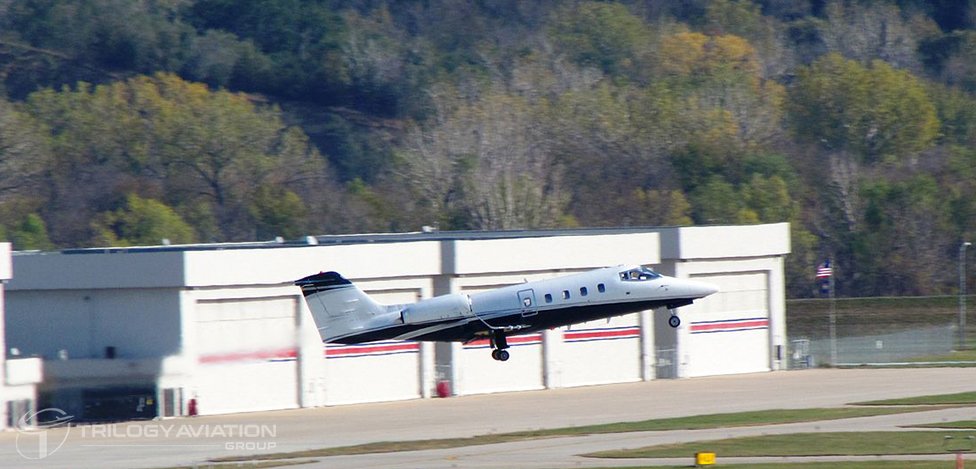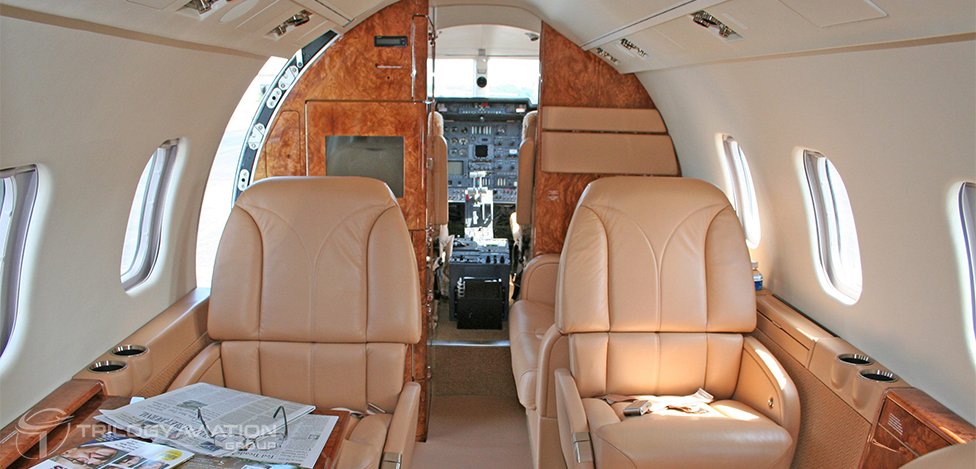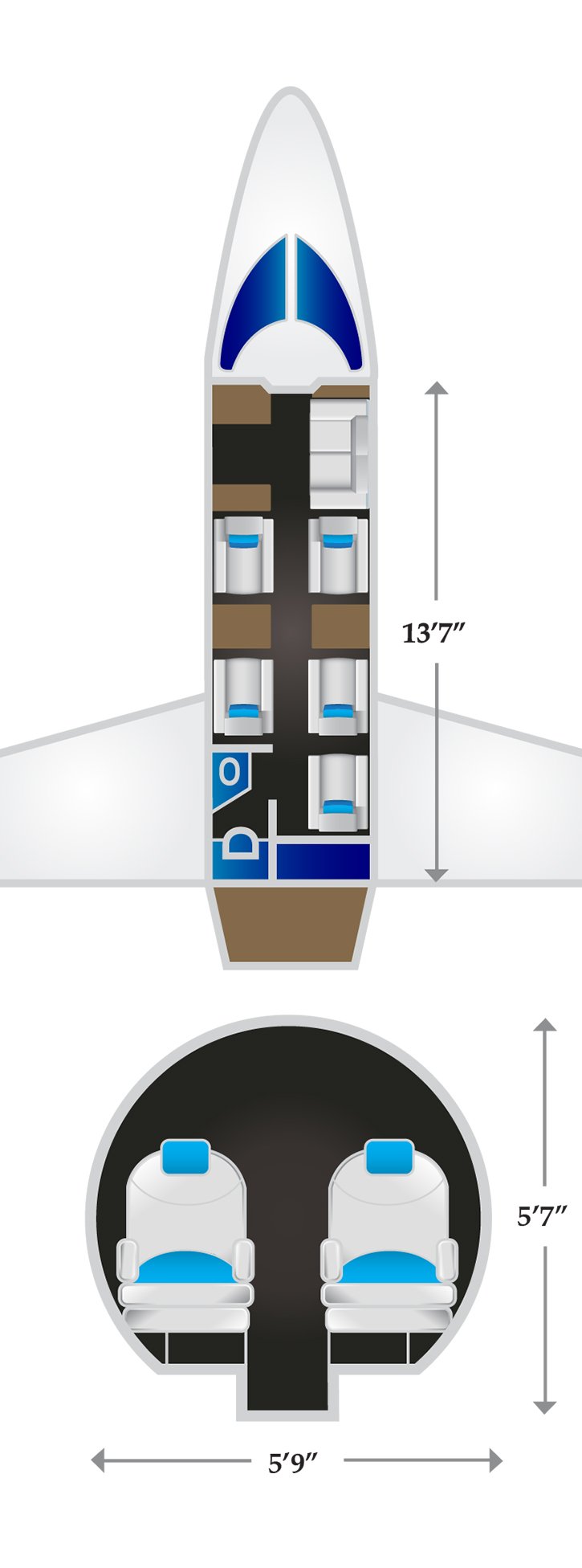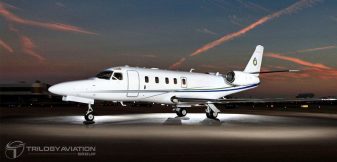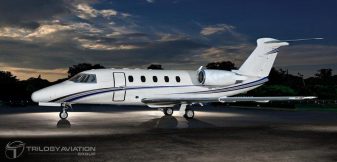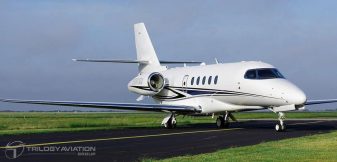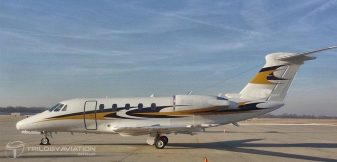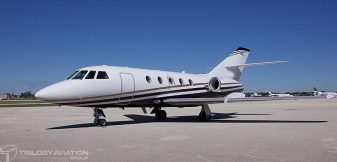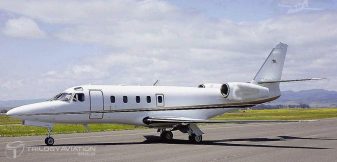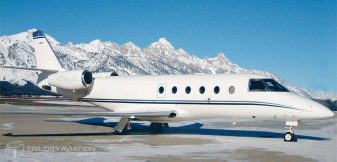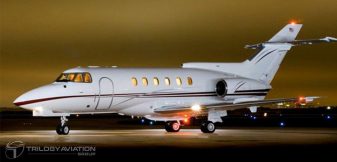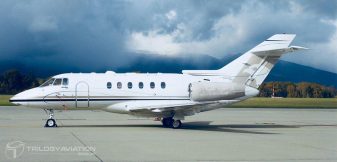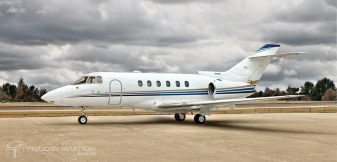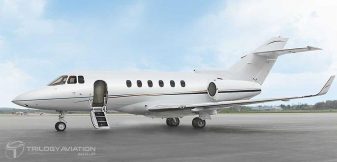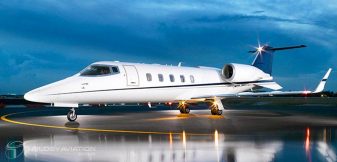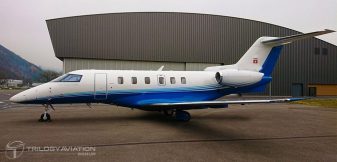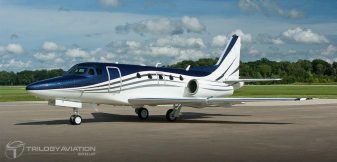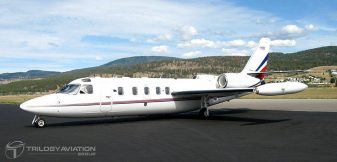Lear 55 Private Jet Charters
For those seeking a reliable and versatile aircraft, the Lear 55 is an excellent choice for private jet charter services. With its impressive performance, range, and passenger comfort, the Lear 55 ensures an exceptional charter experience. One of the key benefits of the Lear 55 is its impressive speed. Fitted with two powerful Pratt & Whitney JT15D-4 engines, the aircraft can reach cruising speeds of up to 515 knots, allowing passengers to quickly and efficiently travel to their desired location. Whether it’s for business or leisure, the Lear 55 allows passengers to make the most of their time and arrive at their destination promptly. The Lear 55’s range is also noteworthy, providing the ability to travel approximately 2,000 nautical miles without refueling. This extended range allows for non-stop travel to many popular destinations, reducing the need for layovers and enhancing the overall travel experience.
The cabin of the Lear 55 is designed to provide a comfortable environment for up to eight passengers. The interior features plush seating, ample legroom, and advanced entertainment systems, ensuring a relaxing and enjoyable journey. The spacious and quiet cabin allows passengers to work or rest with ease during their flight. Furthermore, the Lear 55’s performance capabilities extend to its ability to access smaller airports with shorter runways. This feature provides charter clients with increased convenience and flexibility in choosing departure and arrival points. By avoiding the crowds and congestion of major airports, passengers can enjoy a seamless and enjoyable journey to their desired location.
In conclusion, the Lear 55’s outstanding performance, impressive range, and passenger comfort make it an excellent choice for private jet charter services. Its speed and efficiency, combined with a luxurious and well-equipped cabin, guarantee a memorable travel experience for both business and leisure travelers. Chartering a Lear 55 promises a seamless and enjoyable journey to any destination.


